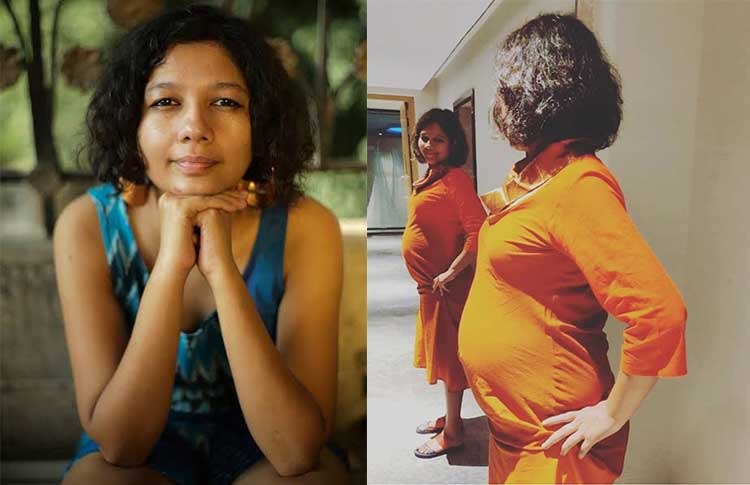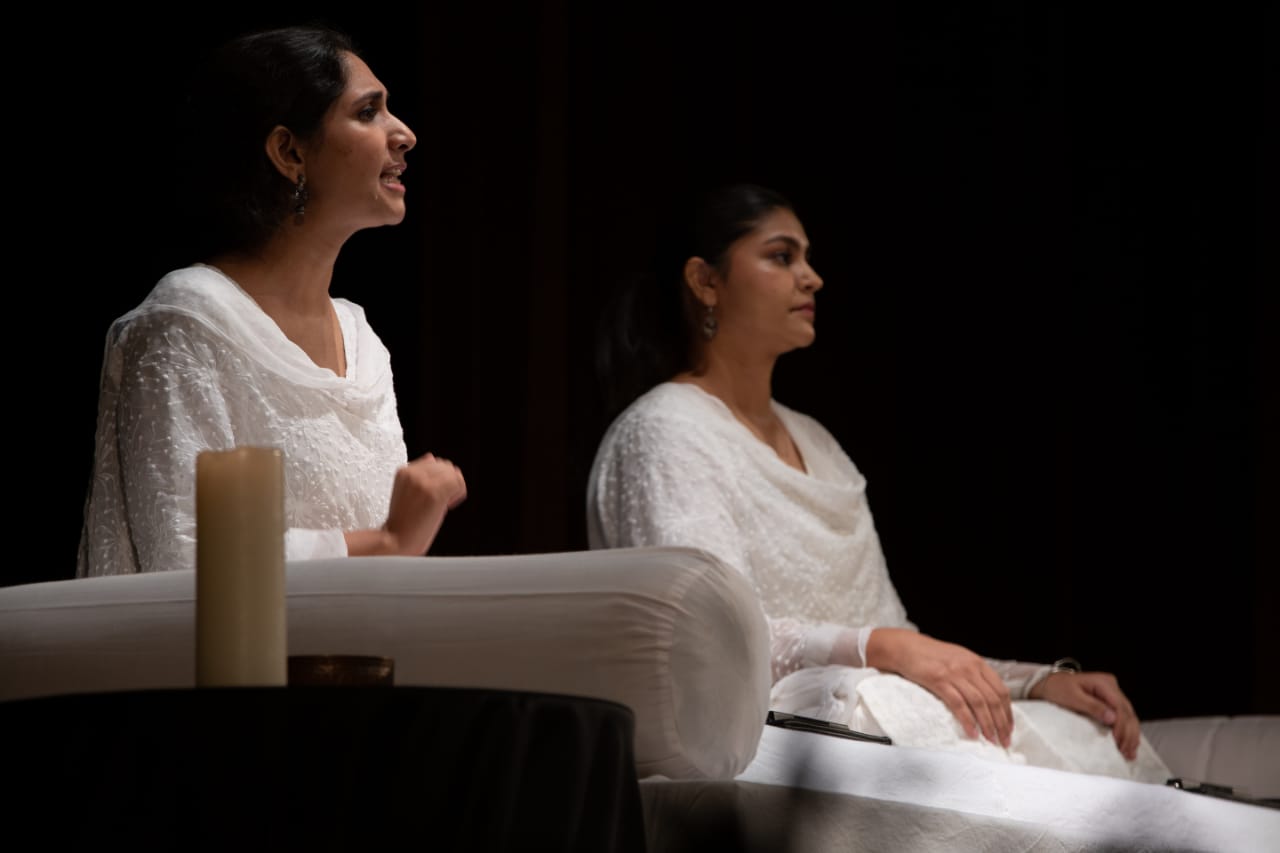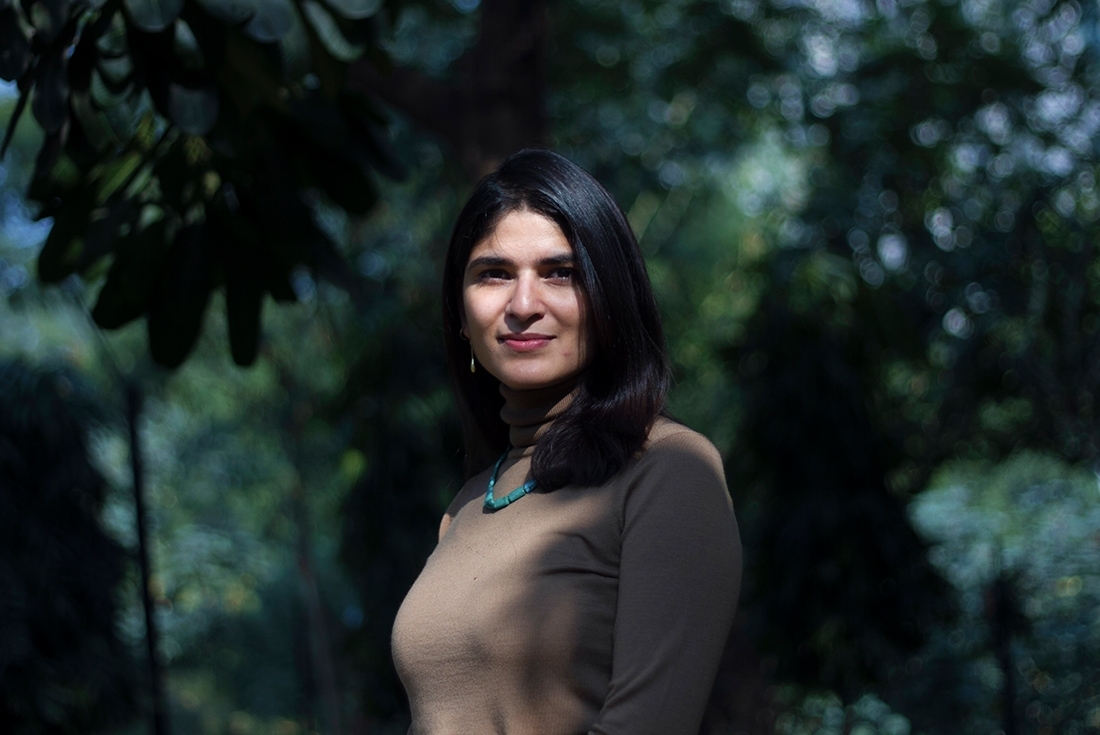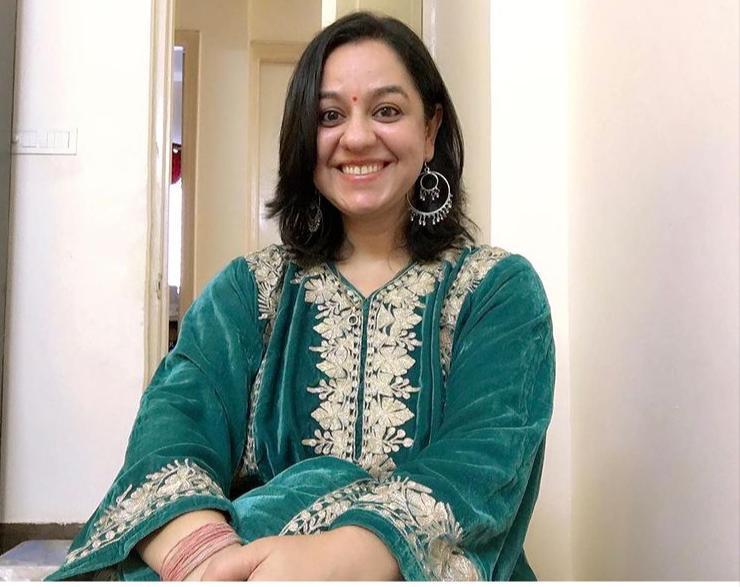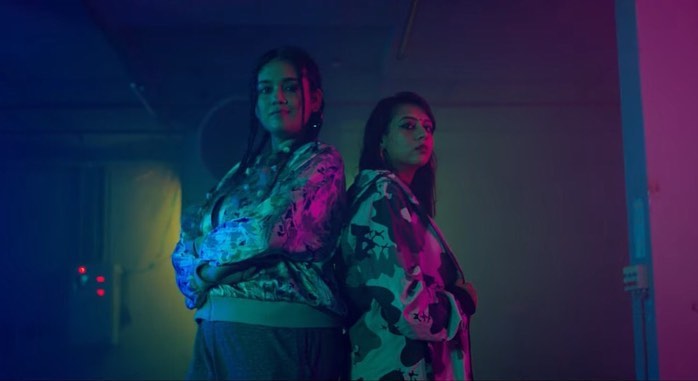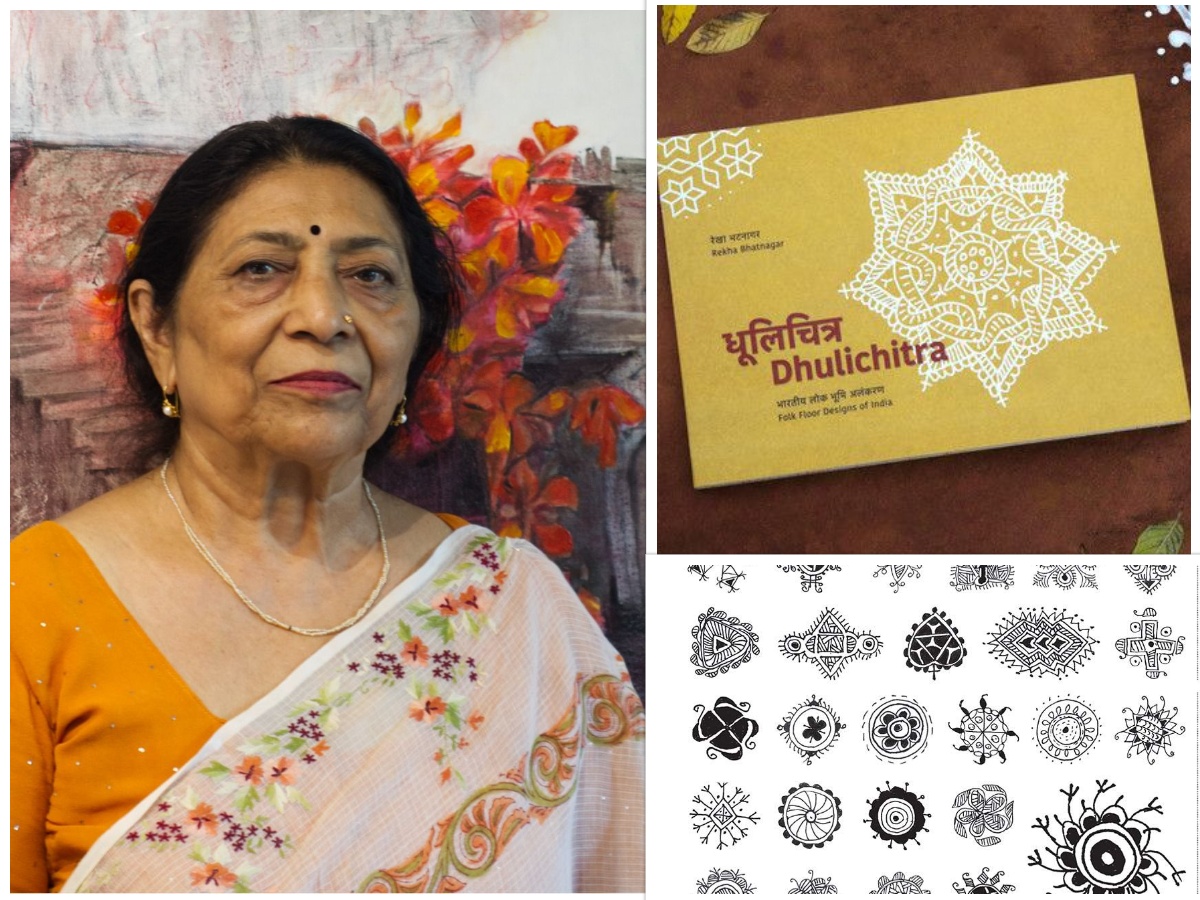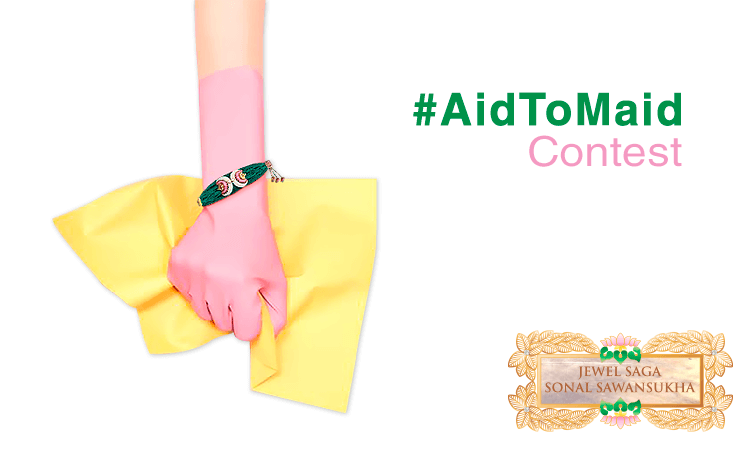Lady Kash, The First Tamil-English Female Rapper, Opens Up About The Lonely Journey of Trailblazer
- IWB Post
- February 13, 2023
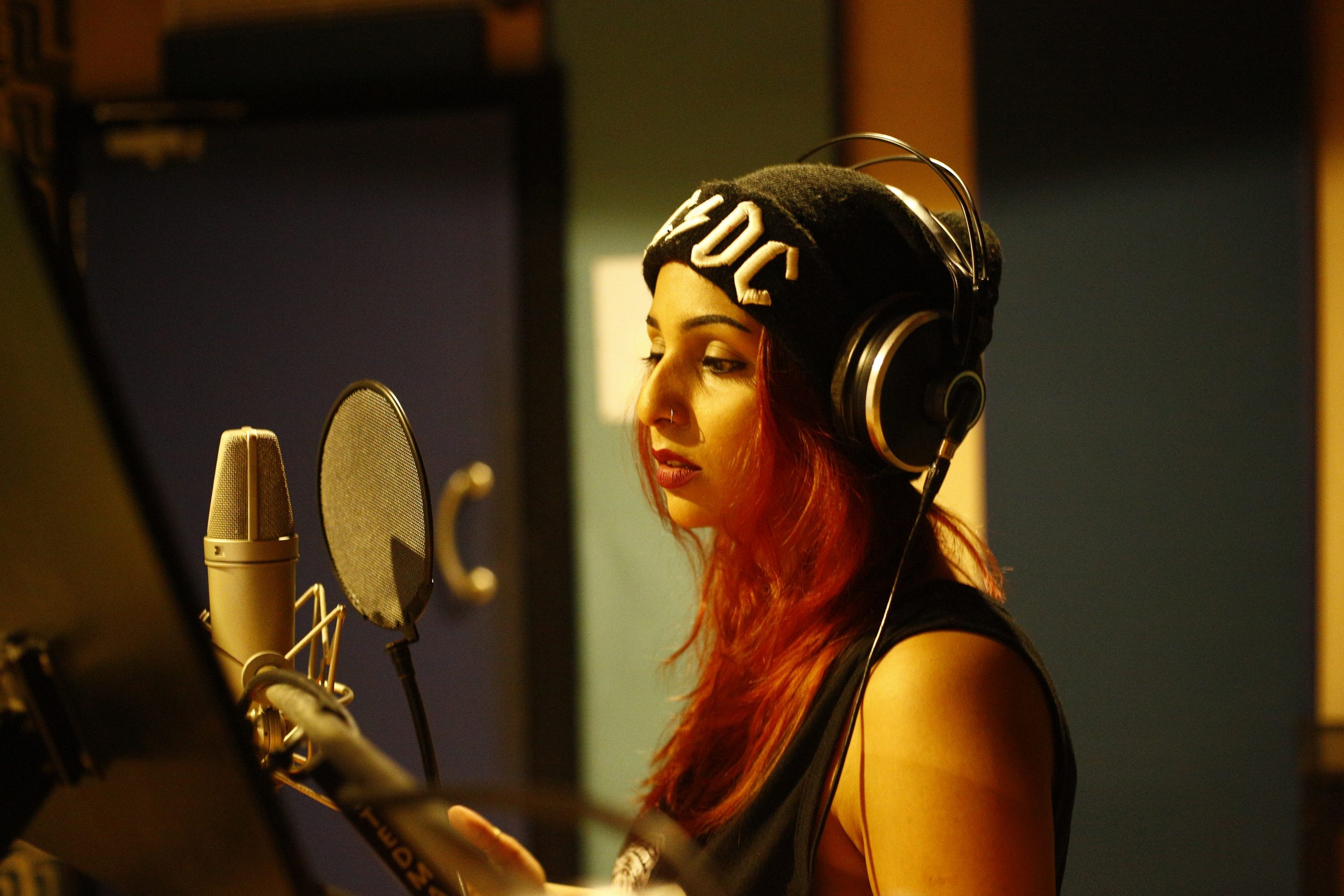
Behind every successful revolution, there is a trailblazer who fought in the face of every odd to lay a safe ground for the subsequent generations to walk on. Kalaivani Nagaraj, known professionally as Lady Kash, is one of those pioneers for the budding female rappers. The first Tamil-English female rapper, rightly called “a mini dynamite” by the legendary composer AR Rahman, Lady Kash has redefined the male-dominated sphere of rapping. Since the commencement of her vocal journey in 2007, when there were very few female rap artists and the industry saw many musicians using misogynistic lyrics, Lady Kash has been fighting to create a safe space for emerging female rappers. Keeping her music strongly rooted in her rich Tamil ancestry, she has been a part of creating history with the soundtrack “Naina Mile / Irumbile Oru Irudhaiyam”, composed by AR Rahman that became the first Indian soundtrack album to top the US/UK I-Tunes charts.
In our conversation with Lady Kash, the lauded rapper walked us through the struggles, milestones and cultural aspects of her career as a global star.
Raindrops – a social-based organization in Chennai awarded you with the International Tamizh-English female rapper award. The award marked the recognition of a female rapper for the first time in India. Do you think there is a difference between how a male and a female rapper is perceived by the audience? What stereotypes did you have to battle on a personal level?
Lady Kash: When I received that award, I was astonished beyond measure. The award was a milepost not only in my career but also a win for the rap industry as it acknowledged and valued the work of female artists. There is definitely a huge divide between the public perception of a male and a female rapper. While male rappers are accepted with open arms, females are subjected to scrutiny at almost every step of their careers. From the way I dressed up to the way I carried myself, my choices were often placed on the harsh radar.
I was also brutally turned down multiple times when I tried reaching out to artists and rappers on Myspace.com to learn more as most of them were prejudiced about me on account of my gender and ethnicity. I have had to put up a hard fight to carve my space in the rap domain and be the best version of myself at every waking hour of the day. I have always been very professional and many men had their egos hurt when I was simply trying to take charge of my projects and career. I am blessed and honored to be a harbinger of change in the rap industry, but at that time, it also felt like a curse because I had to build the path all by myself and fight the sharks on my own. The lone fight felt worthwhile and fulfilling, however, when I saw more Tamil or Indian female rappers coming up and paving their way into the industry. When they thank me for laying a path, I feel immensely grateful and that is an award in its own right.
Due to male dominance for many decades, the rap industry often objectifies women and presents an over-sexualised image of a woman. How does it impact your self-image? What does it take not to give in to the industry’s demand of how a woman must be?
Rap music at its core is about storytelling and purpose-driven narratives, which is what drew me towards this art form but sometimes it gets appropriated patriarchally. Hip-hop music started in New York and during its rudimentary months, some of the videos in the genre were laced with glamor and overly sexualised images of women. Sadly, this aspect was soon imitated by other cultures. In my rap videos, I usually dress according to the narrative that my song is trying to put forth or in a way that I feel is suitable. Many times, my clothing choice has not aligned with “industry standards” and consequently, the commercial reach of my songs has suffered to a certain extent. But, staying authentic to my beliefs has always been the most important thing for me. I have always been very aware of who I am as a person and that awareness has helped me stand my ground in face of every imposition. I do not believe that I need to dress up or carry myself in a prescribed way to advertise my art.
As a global icon who can rap in multiple languages, the world is your stage now. How would you describe the journey of winning an international fanbase?
I have always lived a culturally heterogeneous life as my ancestry is rooted in India and I grew up in Singapore, which is a cosmopolitan country that shelters diverse groups of people. I have different cultures embedded in me and I always wanted to communicate that fine diversity through my work. I always envisioned the world to be my playground and never limited myself to a certain area or culture. Whenever I wrote rap and made music, I kept in mind that I was putting it out for the entire world. To make sure that my work transcends physical and cultural boundaries, I keep striving for balance and parity, which includes employing wordplay in such a way that the essence of a song containing a bit of Tamil can be comprehended by even an American or a Britisher, for example. An international fanbase has not only made my art universal but has also inculcated great empathy in me. Realizing that my audience is diverse and scattered across vastly different regions has helped me become more accepting of the differences I see in daily life.
What key differences do you see between an Indian listener and an International listener?
In India, cinema is the strongest source of entertainment. The broad divisions of India have their own little cinema that is representative of its unique culture. Indian people have been exposed to the cinema for so many years now and like all of us they like familiarity too. Hence, using an artistic form like rap music to connect with the Indian audience is not very easy. And, if the musical content is not commercial, Indians will inevitably feel disconnected from it. I think that is precisely the difference between an Indian listener and an international listener, but despite this huge difference, I am extremely lucky to have gotten great support from certain parts of India.
You are strongly rooted in Tamil culture which is very evident from the way you try to combine your artistic talent with your ancestral heritage. How would you define the thin line between cultural appropriation and representation?
The world is getting smaller today and cultural boundaries are being broken by interracial marriages and families with mixed heritage. Hence, it is difficult to neatly separate cultural appropriation and representation and the two terms are often misunderstood. I believe that in order to walk on the thin line between the two, one should always know that cultural appropriation comes from a very self-centered and self-profitable point of view whereas representation comes from a place of love. Adopting elements of a culture without paying heed to what it stands for, its history and the beliefs it is built on is the core of cultural appropriation. It is premised on the callous utilization of culture to meet selfish goals. An authentic representation of a culture is constructed on seeing a culture for what it is and giving as much of oneself as possible to it. One cannot embrace a culture for the sake of it without educating themselves about its origin, evolution and the core values it represents. We need to ask ourselves what we can do for a certain culture and not the other way around.
You adjourned your tertiary education in Singapore and came to India to pursue studies in the field of recording arts in Chennai. Having spent most of your life in Singapore, how did the cultural shift feel to you? What helped you to reconnect with your roots?
It took me a lot to convince my parents about letting me go to India to learn an art form I know I wanted to make a career out of. I had crossed shores and incurred heavy finances to be in India. I really wanted to learn. However, after having studied under a very disciplined and systematic learning environment in Singapore, adapting to the Indian education system was very tough as it was common here for classes to get suspended. I had to rely on myself, actively seek out my lecturers for help, book sessions with them and compile study material with the help of some of my batchmates. Outside the learning environment, my migration did not feel like a huge relocation. I was fairly familiar with India as it was a ritual in my family to visit India every year. I experienced a constant sense of backward glance to my homeland while we were in Singapore and that helped me quickly reconnect to my roots. People in Chennai shared my heritage and many aspects of my identity. I have always loved coming back to India and consequently being reminded of the rich culture I am blessed to be a part of.
No one in your family is even remotely involved in the music industry. Thus, while growing up, who did you rely on for guidance?
Yes, no one in my family had a musical background but my parents were strongly anchored in the larger domain of arts. My father was a professional dancer and my mother had a natural flair for visual arts. So even though the musical support and background were absent, I think I greatly benefitted from my family’s strong grounding in art. Art by nature encourages creativity and defies normativity which is why I feel that my family’s engagement with art helped them, to a certain extent, in being open towards my unconventional career choice. My parents were also very good at languages. My father was fluent in Tamil and my mother was eloquent in English. Because of their artistic roots and love for languages, I grew up taking part in poetry contests and storytelling competitions and that is how I mastered the two languages. I got exposed to music on my own by listening to the radio and watching music channels. I loved the rhythmic sense of any song I heard and I got inclined towards rap because it was a great blend of rhythm and poetry, creative features that I always wanted to hone. I made good use of the resources available to me, which included musically informative television shows and the library from which I borrowed storybooks in English as well as Tamil. These were my little pockets of guidance and I still have those folders of learning materials that I curated over the years and they are a reminder of how far I’ve come.
How has working with AR Rahman for the soundtrack of the movie Enthiran (Robot) influenced your rapping career?
I worked with AR Rahman for the soundtrack of the movie, Endhiran (The Robot) and the fact that it was my launchpad into the mainstream music industry is something that keeps me extremely rooted and grounded. It accelerated me to a level that no artist would have had at that stage of their career. I am extremely thankful that just when I was building my fan community, I was offered to rap for a song composed by AR Rahman. I was well received and every Tamil person suddenly knew me and the song. It really excited me, of course, but it also made me very humble because I knew that it was also a moment that I had worked hard for. It wasn’t something that happened by chance; it was conspired by my efforts, perseverance, and the fact that I manifested it. Every time I record, I go back to that vocal booth where AR Rahman sat across from me and tracked my part. The soundtrack was not only a milestone in my career but was also a major landmark for the Indian music industry as until that point, no Indian album had broken into the US/UK iTunes charts and our soundtrack ended up topping those charts. An extremely unbelievable experience, it made me feel the raw power of music to move things and shake culture. It strengthened my belief in dreams and the universe’s unique timing for every individual.
How important is it to have a mentor in the industry?
I regard the guidance and mentorship of AR Rahman during my embryonic years in the industry as an immense blessing and I could not be more thankful for it. He is an extremely inspiring person and has a wonderful aura. The fact that he personally recorded my part is something that I consider a watershed moment in the advancement of my career. His kind demeanor complements his unmatched artistic capabilities and getting to know him as an individual is a part that I always hold on to. We worked together in 2010 and since then, every time I have reached out to him, he has only been helpful and kind with his feedback. Not a day passes by when I take any of it for granted and the constructive time spent with him serves as a reminder for me to always push my limits.
You have come an extremely long way from being a young girl who practised and wrote poetry at the age of 9 to a grown-up woman who has worked with legendary names and bagged massive awards. How would you outline the success trajectory in the industry that can help younger artists achieve their own heights?
The word success is very subjective and interpretive. I strongly believe that the first and foremost step that an artist should take for a fulfilling career is to map out their definition of success. For some artists, success equates to acceptance from the masses and for others, it could mean staying authentic to their beliefs even when it does not align with the trends. The artists aiming for commercial success have to keep a track of trends and tailor their work according to them. Whereas, artists aiming to cater to a niche audience need to cultivate perseverance and firmness in the face of rejection. It is only after you have deduced your definition of victory that you can think of a suitable trajectory to follow. When an artist decides to turn their passion into a profession, it no longer remains a hobby and becomes a business and thus a source of sustenance. Hence, it is vital for creators across all genres to get well-versed with various tools of the trade needed to run their business including networking, marketing, and knowledge of the press while also keeping their creative persona in check. Although difficult to achieve, a balance between creation and merchandising can really help an artist succeed.
Any fan story you would like to share?
The love and support that one receives from fans is probably the most fulfilling part of being an artist. A powerful and very heart-touching fan story that will always stay with me dates back to the time when I got my home studio built in Chennai during the pandemic. I was extremely excited about curating my home studio but due to the repeated cycles of lockdown, a lot of raw materials that I had ordered got obstructed in the shipping process. The studio was extremely fundamental to my projects and I knew if I could not complete building it on my time, my plans would suffer. I put out a post on my Instagram asking my fans to put me in touch with carpenters in Chennai. To my amazement, in about five hours, two of my fans showed up at my door with a team of four carpenters and we all worked day in and day out and completed the studio on time. I keep telling my team that relationships are the real currency. The studio was not just a place where I recorded songs, but more significantly, it was a symbol of selfless love and support that my little community showered on me.
What are you looking forward to?
On the artistic front, I really want to accelerate the work on my debut album. There are over 100+ songs to my discography, but a debut album is still on my bucket list. I waited for a long time because I have always believed that it takes at least ten years to master a skill. I think I am ready to begin with its conceptualization and outline the broad course of action. Although I cannot give an exact date for its release, it is next on the cards and I am looking forward to working on it. Besides that, I really want to expand the label AKASHIK as both a label and a creative house for Indie artists. I am also hoping to organize a hip-hop concert in South India. On the personal front, I wish to become a better version of myself, stay in a good financial position and be able to visit my family back in Singapore more frequently.
Written by- Tripti Moolchandani
Interview conducted courtesy of AKASHIK
- 0
- 0




